It Is What’s Inside That Counts
Knowledge Zenith (KZ) was founded in 2008 by Zen Li, a classical musician, and Keith Yue, a former Audio-Technica engineer. KZ is a public brand for the Shenzhen Yuanze Electronics Company located in Guandong China.
KZ has generated a huge amount of industry buzz by creating products that have seriously redefined the ratio of price to performance. There has been seemingly unending hype for KZ (as of writing: 2700 pages in a single Head-Fi post). Albeit, most with the caveat of “although not the absolute best sound, it is difficult to beat at the low price point”. Recent technologically advanced (and slightly more expensive) models have elevated the brand as a mainstream competitor.
KZ is also known for releasing A LOT of different models, so it gets a bit convoluted when trying to figure out their hierarchy of offerings. There are the: AS, AT, BA, ED and ZS series. Sports models, bass models, hybrid models, balanced drivers, dynamic drivers, multi-armatures, and a lot of incomprehensible letter number combos (ATE, ATR, ZS5, EDR2, etc, to name a very few).
We will focus today on two of their unique higher-end creations.
The AS10 and BA10 are firsts for KZ. They are Balanced Armature (BA) only and it is essentially unheard of to feature 5 balanced armatures (per side) at this price point (below $100 USD). Multi BA offerings from the big names (Audio-Technica, Shure or Westone) are traditionally many hundreds of dollars. Keep in mind though, while far less expensive than competitor’s multi-armature models, these are KZ’s most expensive IEMs to date.
At least the naming convention of the BA10 appears to make sense!
It appears in the marketing material that a typo was made on the Mid Frequency driver number for the AS10. From Head-Fi.
KZ tends to use off the shelf parts, rather than custom built for their products. Undoubtedly this is one way to save production costs. In this case, it appears that the AS10 and BA10 share the same BA drivers: 2x high frequency: 30095, mid-high frequency: 31005, mid frequency: 29689, bass frequency: 22955.
Balanced Armatures and Dynamic Drivers Overview
In-ear monitors (IEMs) use either Balanced Armatures (BA) or Dynamic Drivers (DD) to produce sound.
Dynamic drivers are what you think of when you picture a loudspeaker. A voice coil is attached to a moving diaphragm to move air and produce sound. DDs are tried and true, durable and cheap.
A single DD can cover the entire frequency range without a crossover and is capable of extended bass response.
While traditionally used in hearing aids, BA drivers are tuned to work in a specific range of frequencies. A crossover circuit is used to split the signal to multiple BA drivers covering multiple frequency bands.
BAs are considered balanced because the design features a coil around an armature suspended and centered between two magnets.
They are smaller than traditional dynamic drivers and tend to better treble performance with speed and detail, but often sacrifice bass performance. Since multiple BAs are required to cover a wide frequency range, they are typically more expensive.
Hybrid IEMs combine DDs and BAs in a single housing in an attempt to capitalize on the benefits of both designs.
The Challenge of In-Ear Monitor Reviews
While the size of one’s ear may impact comfort or sound of a full-size headphone, the small details of the shape of the inside of a reviewer’s ear greatly impact not just the listener’s comfort, but dramatically changes the perceived performance of an IEM.
This is compounded by the plethora of ear tip sizes, materials, and shapes (which may or may not be included with the IEM). All of which uniquely fit different people; and take note, the quality of the seal of the ear tip in the ear significantly changes the sound. So, reader beware, what suits one reviewer may not fit your own experiences.
AS10
Technical Specifications
- Drivers: 5 balanced armatures (1 Low-1 Mid-1 Mid/High and 2 High) per side
- Frequency Response: 20hz – 22KHz
- Impedance: 32 Ohms
- Sensitivity: 106 dB
- Far more comfortable than the BA10.
- Costs less than the BA10.
- Crisp and balanced sound.
- Very good, detachable cable.
- Perhaps a bit less detailed high end than the BA10.
- Plastic body and clear cover on the crossover feel less premium than the BA10.
BA10
Technical Specifications
- Drivers: 5 balanced armatures (1 Low-1 Mid-1 Mid/High and 2 High) per side
- Frequency Response: 20hz – 40KHz,
- Impedance: 14 Ohms
- Sensitivity: 105 dB
- Sturdy and very well-built aluminum housing.
- Red and gold (Iron Man) color scheme is attractive and unique.
- Clean and balanced sound.
- Detachable, attractive, and very functional cable.
- BA10 sharp edges, weight and large size causes (me) discomfort with long use. Unfortunately, it’s a deal breaker.
- Treble can be harsh with certain tracks.
- Bass can become congested.
Packaging and Accessories
Both the AS10 and BA10 come in the new standard KZ packaging: a black cardboard box that opens like a book, with a foam interior that displays and protects the IEMs. Disconcertingly, left is on the right side and right is on the left side, but that’s nitpicking. Poorly translated english instructions, decorative metal name plate, cable and ear tips round out the package.
Cables
The AS10 cable is a dark bronze color – it appears to be a clear black rubber sheath around shiny copper, delivering an attractive and unique sheen. The braid is smaller and tighter than the BA10 cable. The tested model was a simple cable with no phone controls.
The BA10 cable is clear covered braided bright copper. Flexible and robust feeling and not prone to tangling. It includes a very small and discrete microphone and button black module on the right side approximately halfway between the Y-splitter and the IEM jack.
Both cables are very good feeling and first-class in appearance.
I really like them both, and they are certainly an aesthetic upgrade from the simple non-braided stock KZ cable supplied with lower end models. They are minimally microphonic and the rubber coating is neither sticky nor too stiff. Swapping cables between headphones did not create an audible difference.
Both cables feature memory wire (a 2-3” metal strip that retains its shape when bent) at the 2-pin connector end within a clear rubber cover over the wire. Both also share the same 90-degree black rubber 3.5mm jack, standard KZ 0.75mm 2-pin IEM connectors, and simple black Y-splitter. There is no chin cinch, and the span above the Y-splitter is quite long at approximately 550mm. Total cable length is about 1.2 meters.
Some folks complain about the memory wire (and some even go so far as to remove it), but I find it helpful to hold the IEMs in my ears and once initial shaping and fussing is done to fit it properly, it works as it should. There is actually a lot to like about both these cables, and I’d be delighted if all companies adopted many of these standards to create universal replacement cables.
There are several other upgrade cables available from KZ, including Bluetooth and Apple Lightning connector options. Regrettably, some KZ IEMs require straight 2-pin connectors and some (like both these models) require angled 2-pin connectors. This creates further unnecessary complication of products and requires purchasing multiple upgrade cables depending on which models you own.
Ear Tips
The only other included accessory is the silicone ear tips (and, if I’m being generous, the metal name plates). This is a pretty meager bundle including small, medium and large standard black KZ ear tips, without even an included foam tip option. That being said, they are relatively comfortable, seem to work well and provide decent isolation.
For the KZ pinnacle models, the packaging looks and feels reasonably good, but the included accessories should be enhanced (competitor models include many more ear tips for example).
Build Quality
AS10 Build Quality
The AS10 feature all plastic housings with a clear cover that displays the crossover circuit. Drivers are positioned in a chamber inside and are not visible. Fit and finish are smooth, tight and they feel good in the hand and ear. While larger than the similarly designed KZ ES4, it is smaller than the ZS10 model.
The AS10 nozzle is smooth (no lip) with only 3 small bumps to retain the ear tip and has a recessed very fine mesh screen. I experienced no issues with tips coming off when removing the AS10 from my ears, so the bumps function as they should.
There is a tiny single vent hole on the inner side, which like all open or semi-open designs, trades a bit of isolation for reducing pressure, especially during insertion and removal.
BA10 Build Quality
The shape of the BA10 housing (not to mention the color scheme) is unique. It feels great in the hand. Extremely well finished and intrinsically premium. The BA10 features an industrial design with straight lines and sharp edges. Unfortunately, unless you were also built in a factory, your ears might not be a match for the unforgiving metal shapes.
Comfort was a deal breaker for me, regardless of how they sound. Sound quality is irrelevant if I can’t wear headphones (of any sort) for extended periods without pain.
Try as I might, I couldn’t find a comfortable orientation in my smallish to average sized ears. The BA10 also weigh approximately 30% more than the AS10; a noticeable difference.
Both models share a 0.75 mm 2 pin red connector socket (KZ standard) which features a relatively deep recess to retain the cable. These models are designed for the KZ cables with an angled connector (rather than straight).
Physical Differences Between the AS10 and BA10
The BA10 has three large vents on the outer plate covered with a metal screen. The nozzle has a lip for tip retention and the metal screen in the nozzle has much larger (but fewer) holes – a big difference from the AS10. Plainly, while they may share the same internal drivers, the housing construction is very dissimilar between these two models.
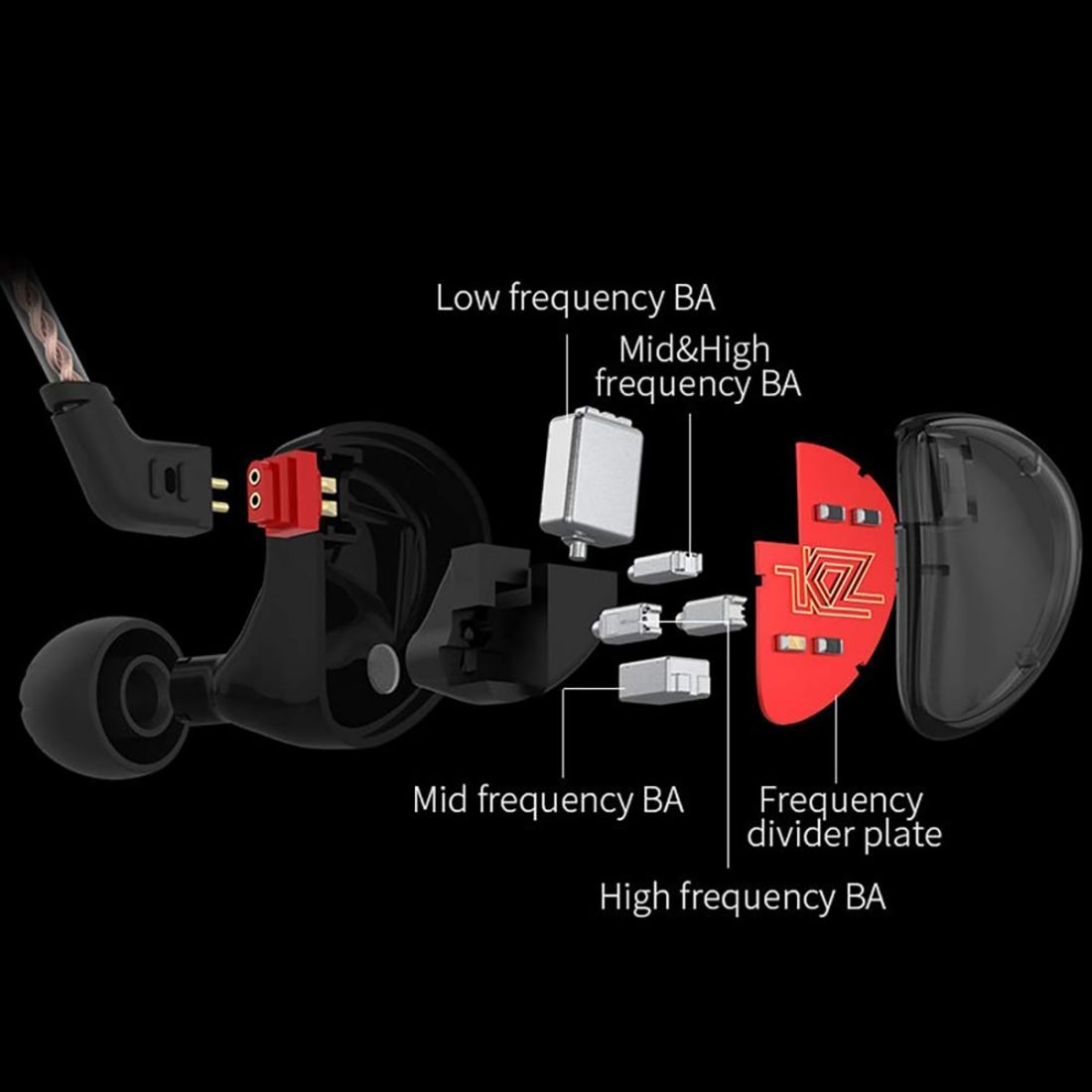
Firstly, they are made of different materials: the AS10 is plastic while the BA10 is aluminum. They are also shaped quite differently: the AS10 slightly more compact and from design photos, appears to have less internal empty space than the BA10. The drivers are also installed in different orientations. In addition, the AS10 has a single pinhole vent, while the BA10 features much larger triple vents.
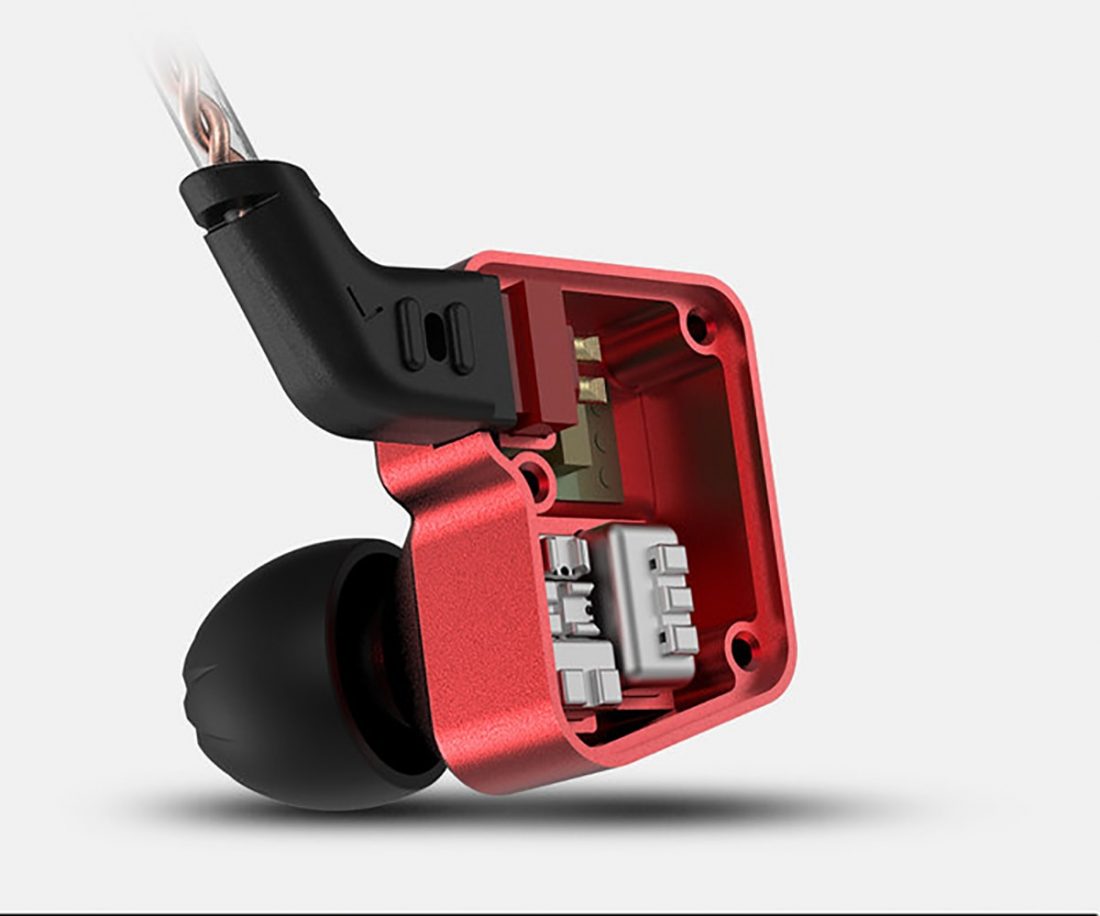
I’m also unsure what creates the differences in specifications between the two models (AS10:
frequency response: 20hz – 22KHz, impedance: 32 Ohms, sensitivity: 106 dB;
BA10: frequency response: 20hz – 40KHz, impedance: 14 Ohms, sensitivity: 105 dB) although perhaps the crossover circuitry is different (it’s certainly a different size and shape).
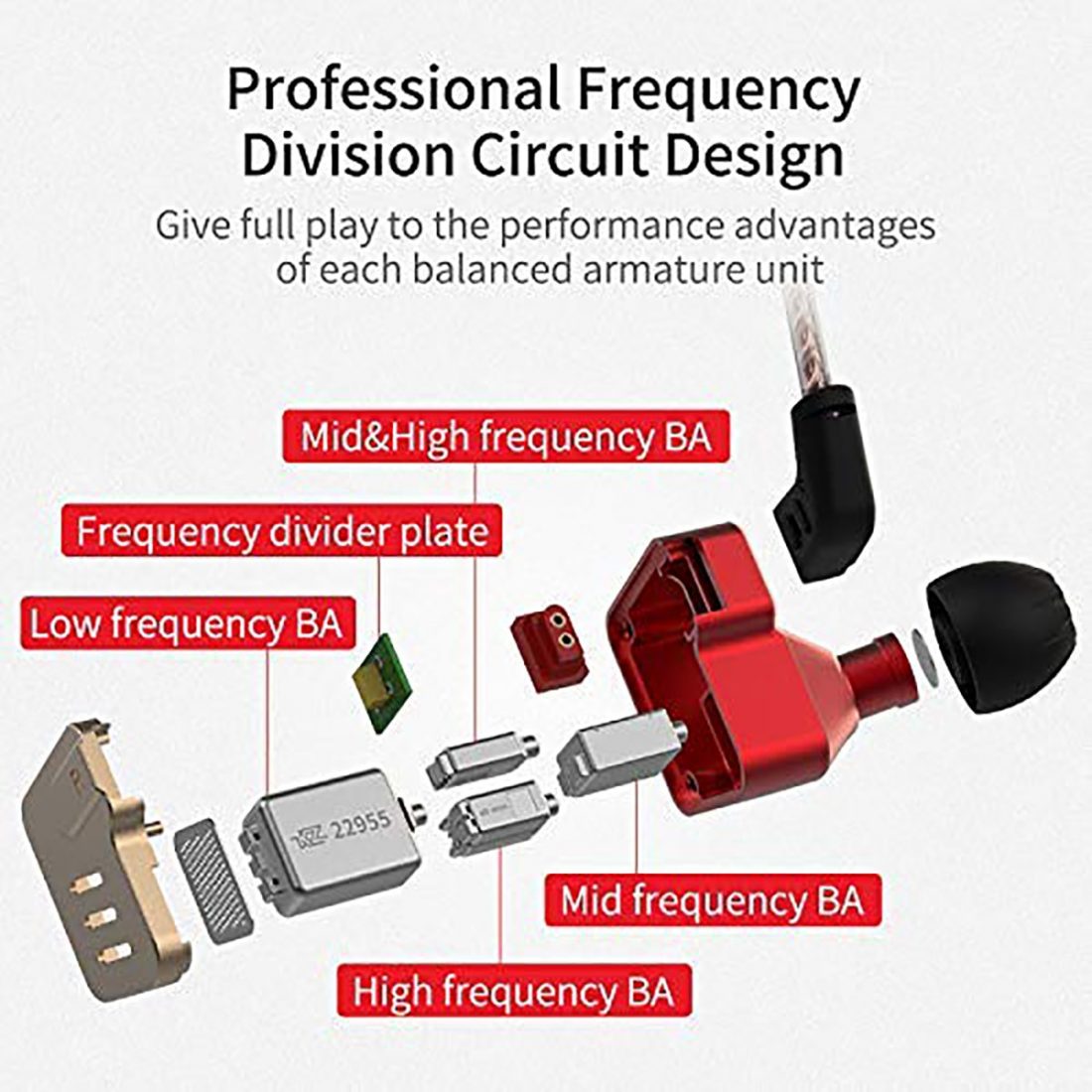
Theoretically, all the above differences should have a pronounced impact on the sound. One could assume plastic to be more absorptive of sound wave reflections and energy than the aluminum housing. It also seems as though the difference in volume and shape of the internal empty space should impact the sound. Certainly, if the crossover (or frequency divider as KZ labels it) is different, this should lead to audible differences.
Let’s find out, shall we?
Sound Quality
BA10 Sound
Balanced and dynamic. I’m talking sound here, not drivers!
No part of the musical spectrum is unnaturally boosted or recessed. This is a departure from the v-shaped sound signature that KZ has been known for.
Soundstage is very reasonable for an IEM – remaining within the head but without the pinpoint centered effect that some provide. Overall the feeling is intimate, but not claustrophobic. Elements within the music come across as distinct and discrete.
Bass
The BA10 reproduces deep notes and decent sub bass but may be missing some extended impact. It does well for a balanced armature, maintaining reasonable depth and a sense of speed, but doesn’t quite reach the forceful boom of a good dynamic driver.
The delivery is lush but I found a bit of buzz and congestion on tracks like the opening of Lorde’s tracks Ribs and A World Alone.
Bass on IEMs is such a product of the seal between ear tips and the ear canal. The presentation can go from muffled and boomy, to bass shy and no impact, with just a twist of the ear tip. I seemed to maintain a good (and equal) seal with both the AS10 and BA10 using the included large silicone tips.
Midrange
The BA10 midrange can best be described as accurate and intelligible. Clear and perhaps a shade recessed, yielding a reasonably polite sound overall. Notes are distinct and not muddy. Instruments are distinct and detailed. The BA10 retains the texture of instruments, while voices are natural and well resolved.
Treble
The BA10 high end can be a little harsh and borderline sibilant on certain material. Overall it is clear and detailed, but doesn’t seem to extend remarkably high.
The BA10 nozzles have tiny foam inserts adhered under the screens. Reportedly the simple modification of using a sewing needle to removing the foam does impact the sound by adding more clarity.
While this can improve detail, it may also be too bright for some. It’s an easily reversible modification, so enterprising owners can try it and see what they prefer. Adding additional brightness was not necessary for me.
AS10 Sound
It is worth noting again that the AS10 is the first model from KZ to use only balanced armature drivers. Thankfully they avoided the pitfall of high-frequency dominance with poor low-end performance.
Once more, the best descriptive word here is ‘balanced’.
Bass
Bass performance is entirely satisfactory. While not a bass-head IEM, the AS10 does a satisfactory job of presenting bass with detail and speed. Control and detail seem a bit better than the BA10, while sub-bass is present if not abundant.
Midrange
The AS10 clearly shares the same lineage as the BA10. Fairly evenly weighted with the high and low end, the midrange is crisp, detailed and engaging. You feel like you are hearing every distinct sound and note.
Treble
Make no mistake, these are somewhat bright sounding IEMs. They resolve details in the music, and provide a lively sound signature, but maybe just a touch fatiguing for treble sensitive listeners over the long term. The extension is really quite good, and the detailed sound yields a good sound stage without congestion or loss of fine nuances in the music.
How Do the AS10 and BA10 Sound Different? Which Sounds Better?
To be honest, regardless of all the physical differences, the AS10 and BA10 sound MUCH MORE alike than different.
Going between them on the same tracks and using the same equipment, I would sometimes feel that the BA10 bass was a bit muddier, or that the treble was a bit more controlled on the AS10, but I can’t entirely say I could consistently replicate what I was hearing.
It is quite possible that any subtle perceived differences were a result of the fit (at that moment) of the IEM in my ear.
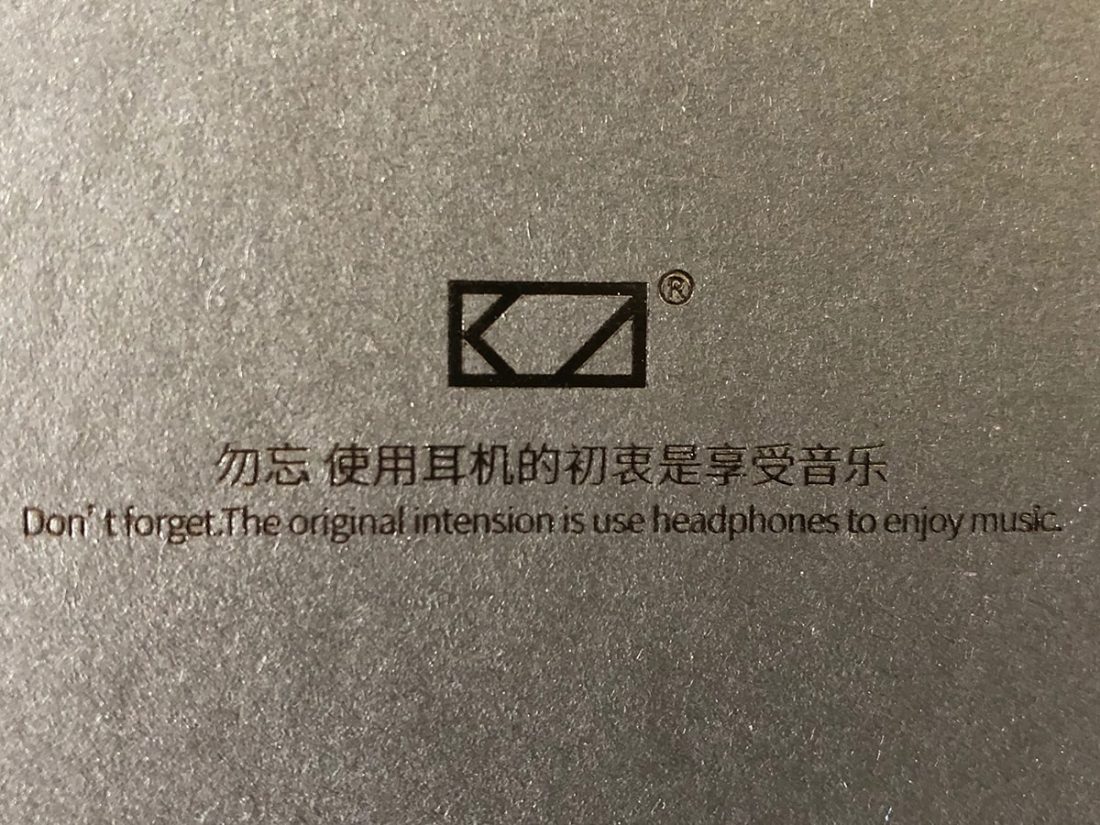
In general, both are very good sounding, reasonably balanced, and energetic IEMs. They are neither bass animals nor critical listening scalpels. They provide a detailed and fun sound that should please most listeners. They are a great introduction to the strengths of all balanced armature IEM sound, at a very appealing price point.
There were subtle improvements in sound clarity and bass response when powered from my headphone amplifiers (JDS Labs C5D and modified hybrid O2), however, for everyday use, my iPhone was more than capable at driving the efficient AS10 and BA10.
Compared to the KZ ZS5
I own first generation KZ ZS5 IEMs which feature a hybrid design with 2 high-frequency balanced armatures and 2 dynamic drivers per side. The first iteration of the ZS5 placed a single high-frequency BA in the nozzle while the revised version moved both BAs to the nozzle. It is widely accepted that this change made the sound much more strident and far too bright.
The AS10 and BA10 high-frequency balanced armatures are not located in the nozzle and honestly, sound the better for it.
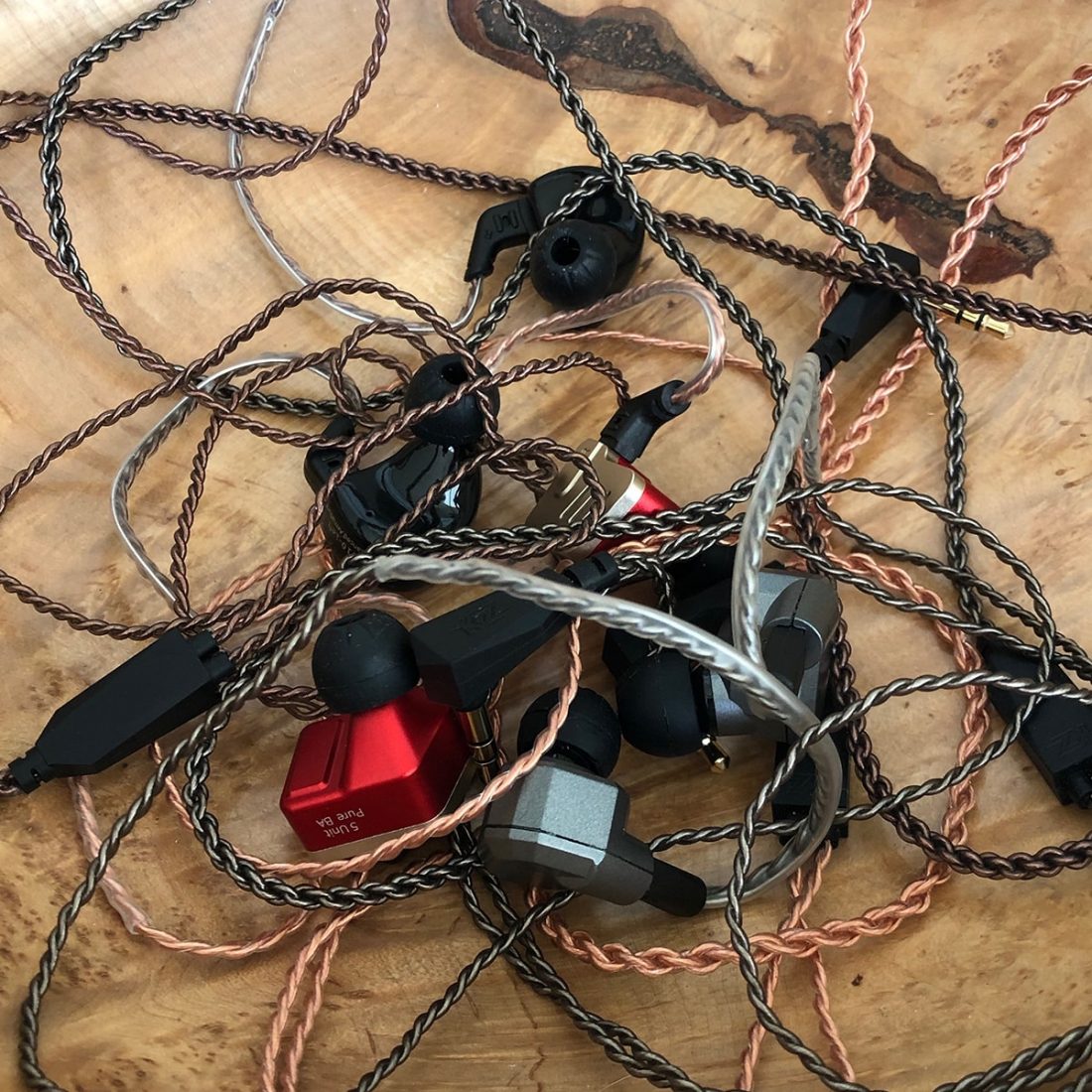
I consider myself fortunate to have the first version of the ZS5, as they remain one of my favorite IEMs that I own. However, in direct comparison to the AS10 and BA10, the midrange certainly isn’t as rich or detailed sounding.
In back to back comparisons, I also found myself turning up the ZS5 volume. The reason may be that the ZS5 is somewhat less efficient, or that I was requiring extra volume to try to emulate the clarity and impact of the other two models. Nonetheless, the physically smaller ZS5 has them both beat (for me at least) on comfort and lightness in my ears.
Conclusion
The KZ brand generates a lot of buzz. In the Chi-Fi audio market, KZ exemplifies much of what is right (shockingly decent sound for a low price point) and what is wrong (ludicrously complex and incomprehensible product lineup seemingly based more on available parts than on research and development).
KZ has also received criticism for copying the design and form factor of high-end models from Campfire Audio and Audio-Technica. KZ built their brand with inexpensive IEMs featuring an unapologetically v-shaped sound, but with the AS10 and BA10, they are starting to move beyond ultra-budget models and to provide more mature (and unique) products.
Somewhat surprisingly, these two new models are quite successful. For a fraction of the cost of competitor’s multi-balanced armature models, you receive great sounding IEMs with excellent fit and finish. However, as the price increases, so does the sound quality of competitive options. No longer able to just rely on the lowest price, KZ has done a good job at making superior sounding IEMs at a higher price point.
It’s a bit of a shame. I prefer the look of the BA10 over the AS10. Yes, I’ve heard many a reference to Lego block shape, or a certain Avenger’s paint scheme, but the BA10 is just so nicely constructed. Unfortunately, I just can’t recommend it.
Why take the chance of ending up with unwearable painful IEMs, when the same (or even slightly better) sound is available in the much more comfortable AS10 shape and size?
Don’t do it. Go for the AS10. It’s a fun initiation into the previously unaffordable world of balanced armature IEMs.
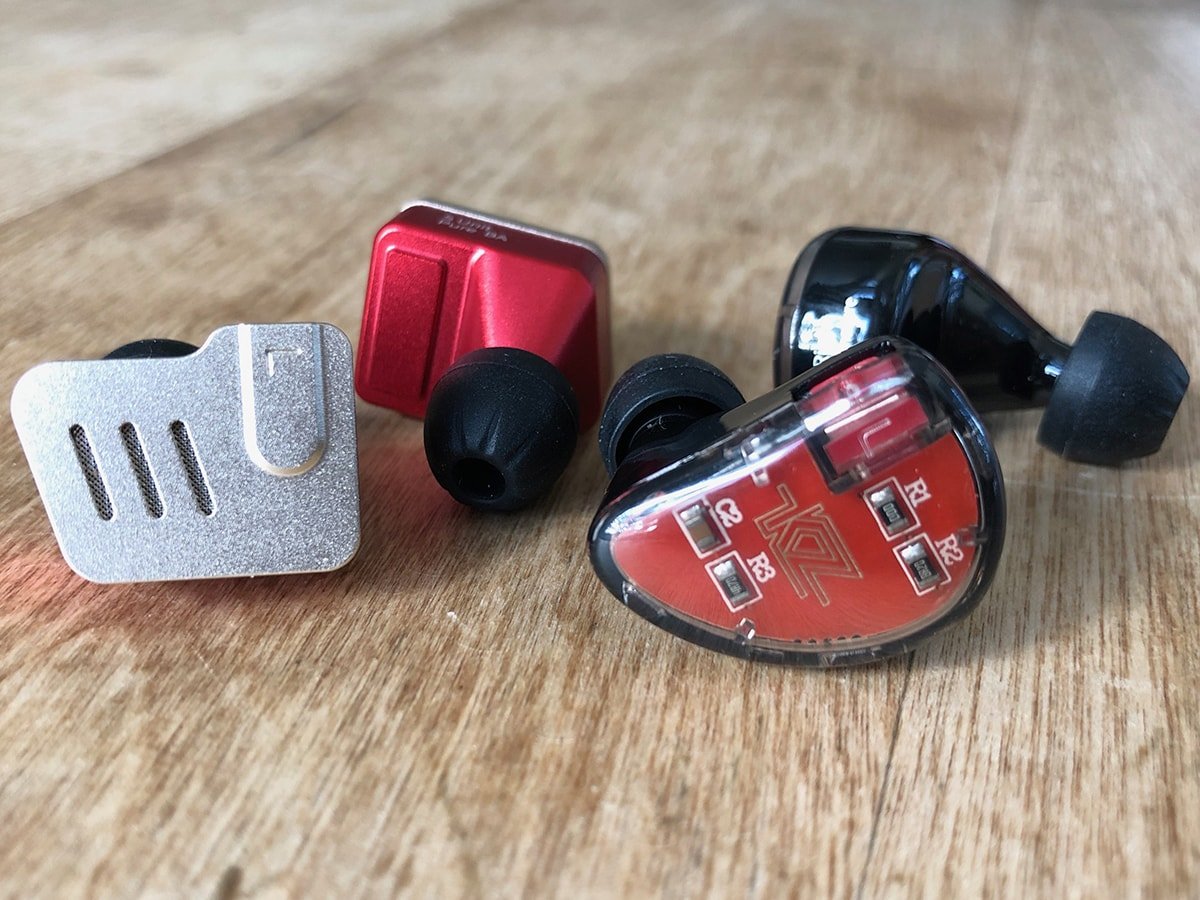
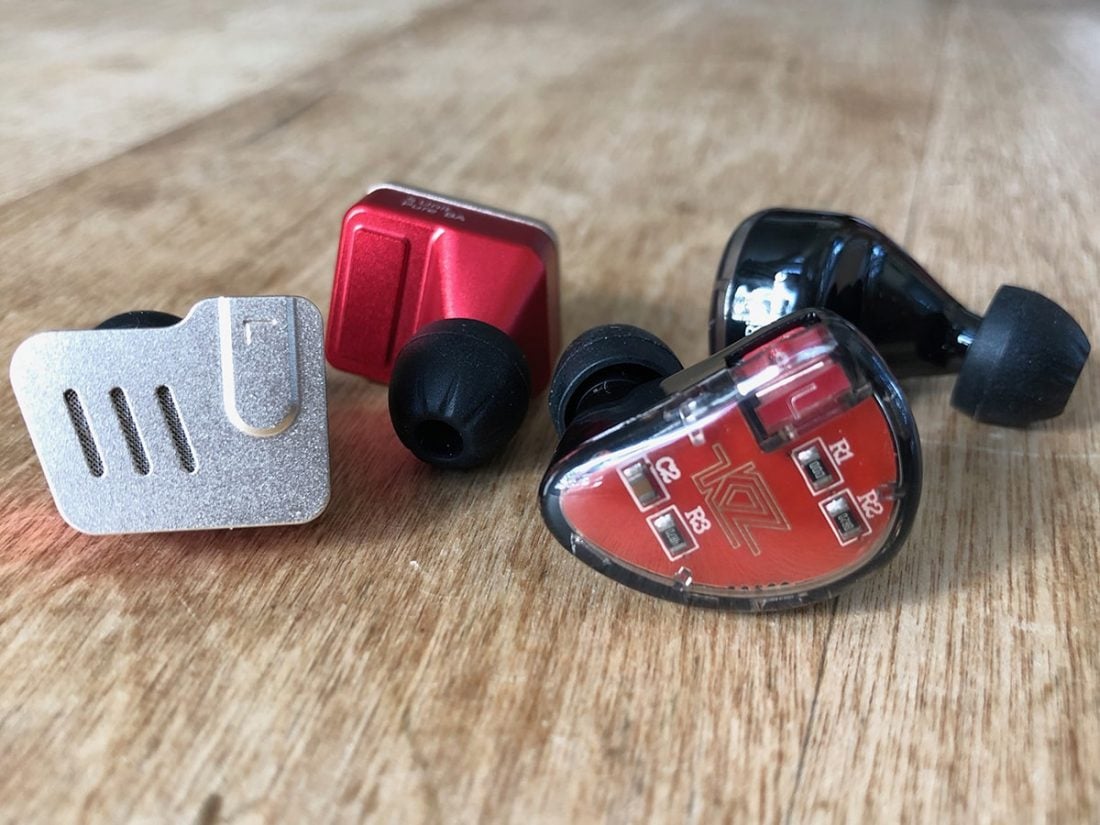
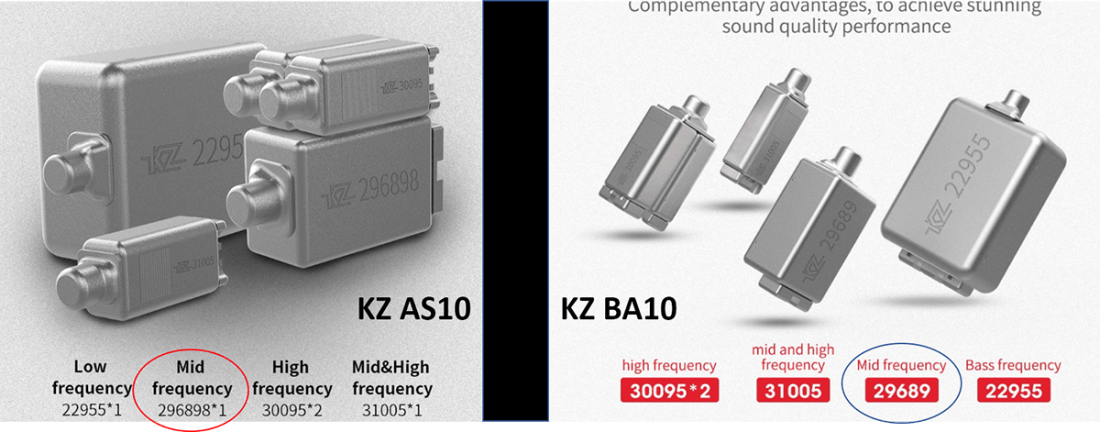
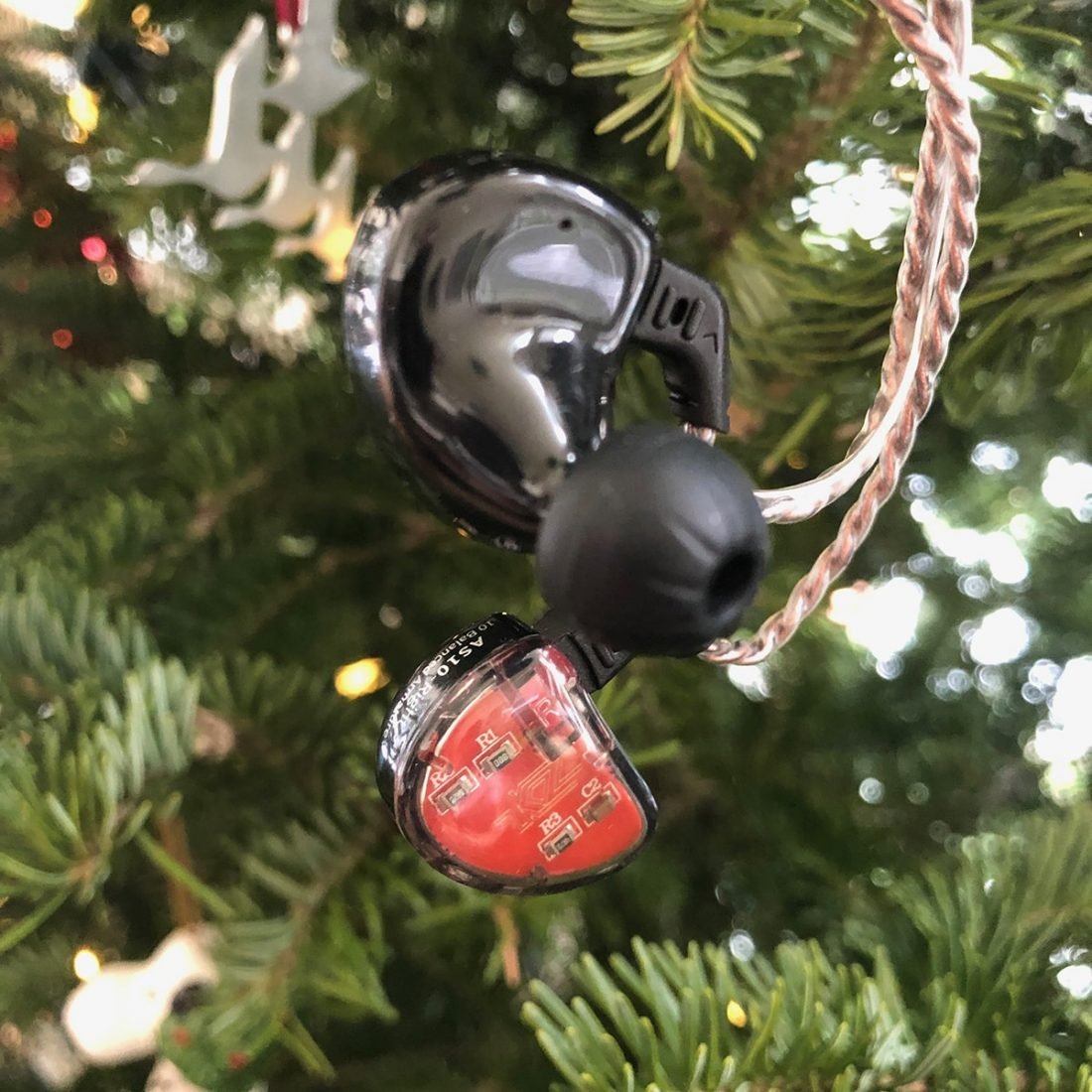
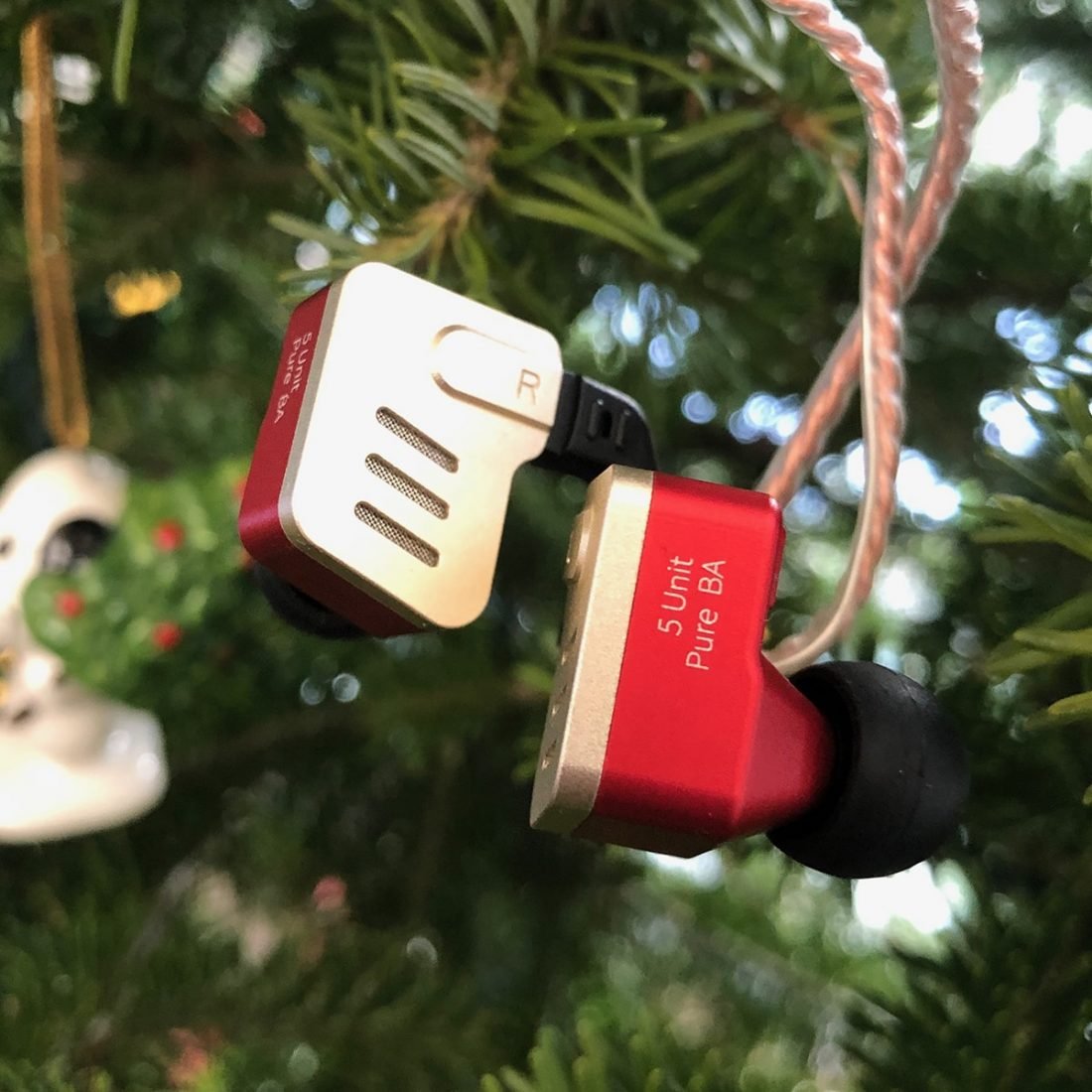
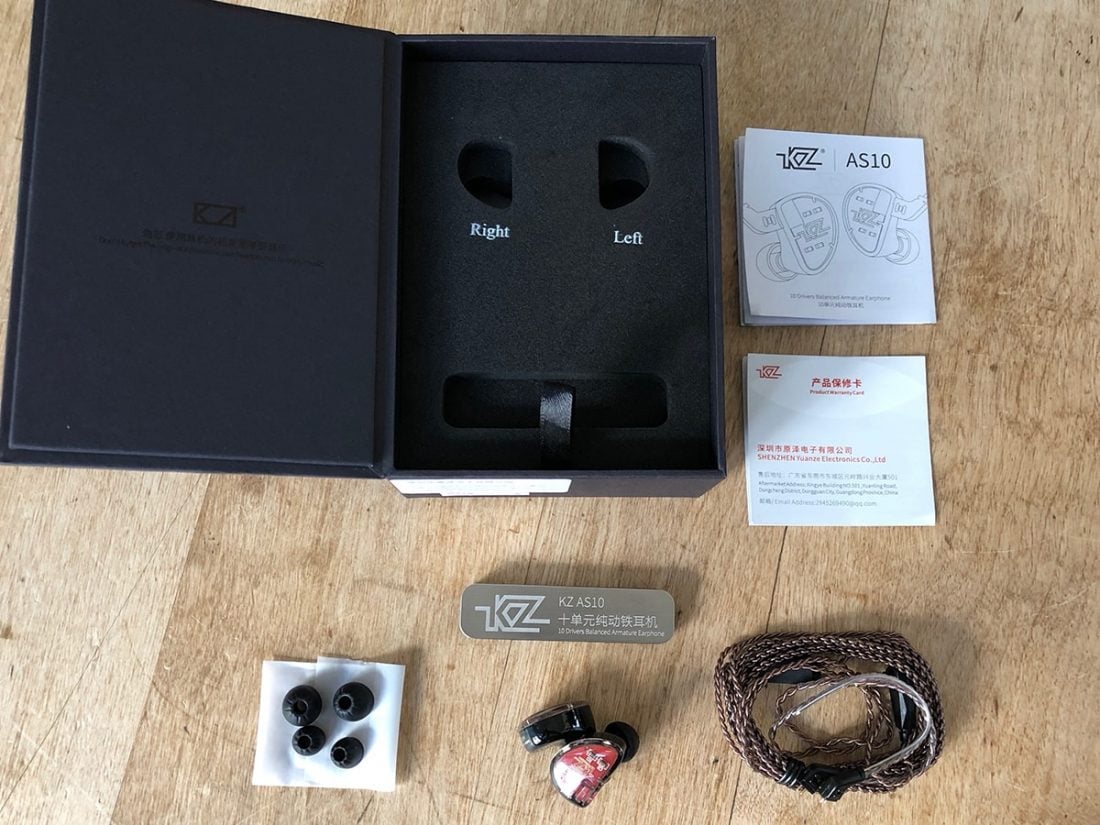
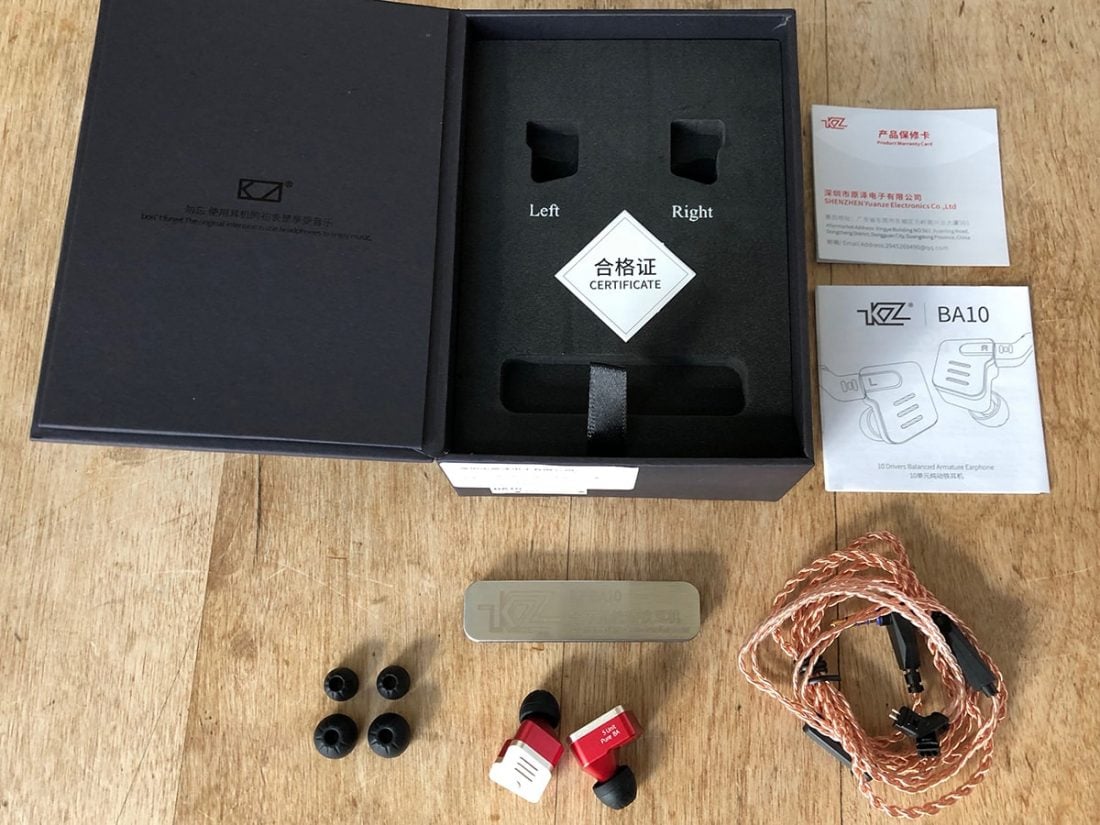
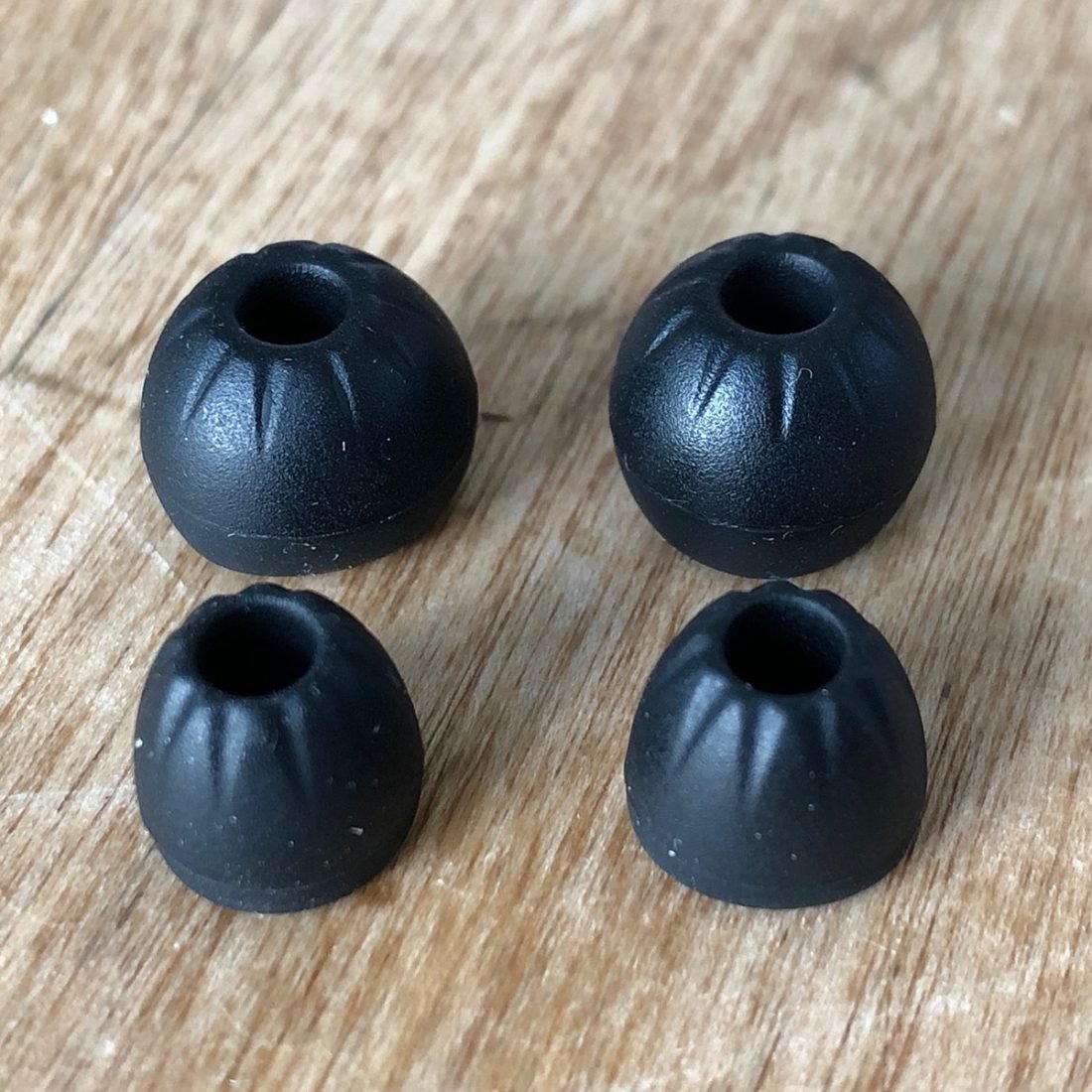
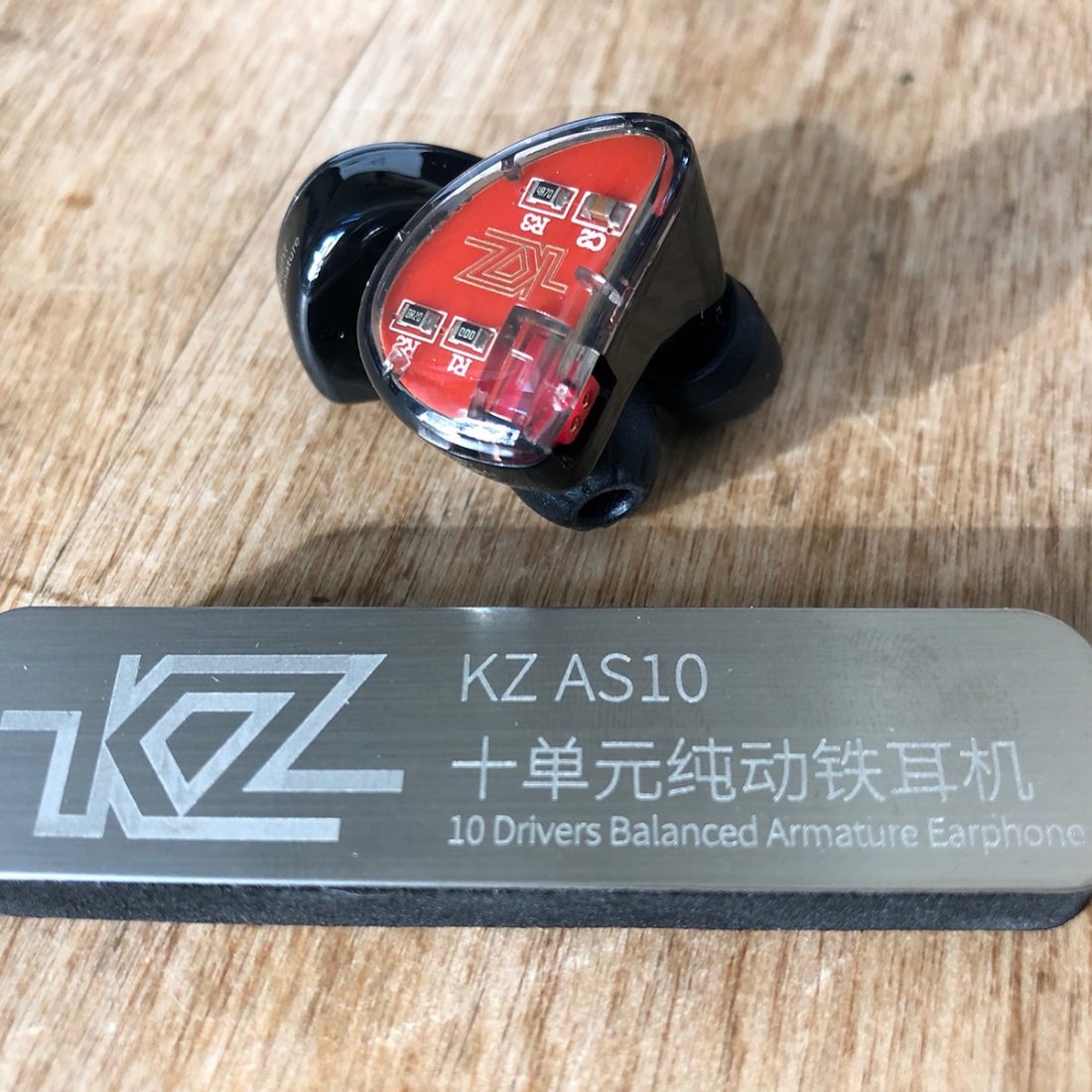
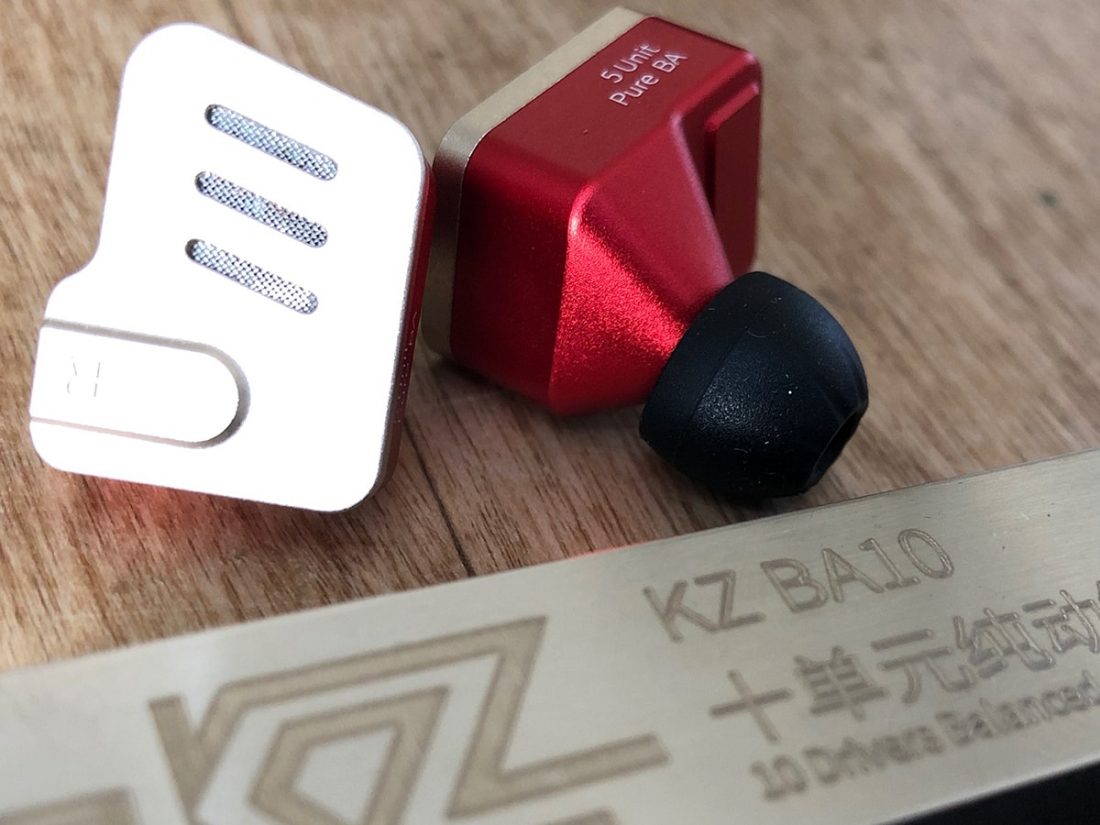
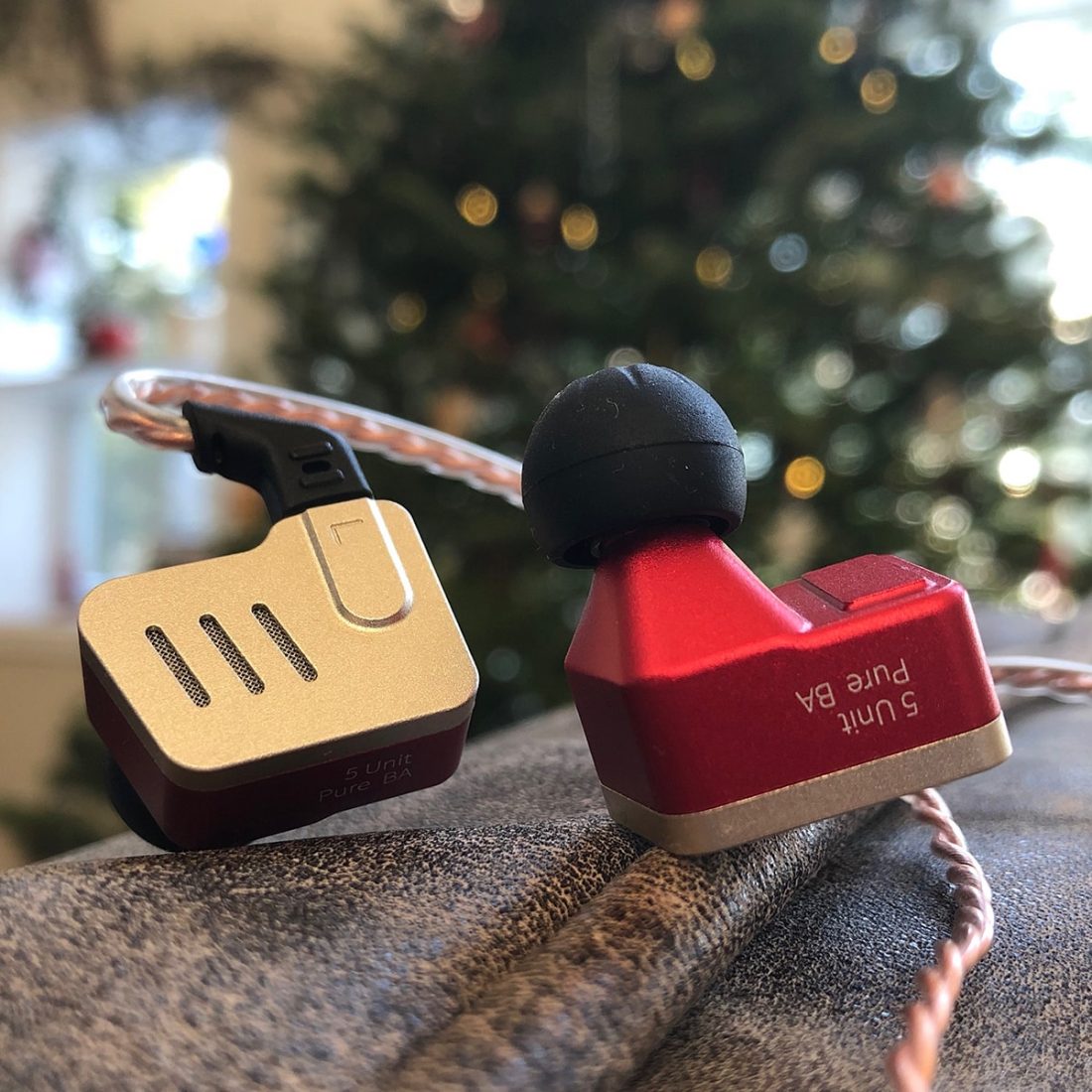
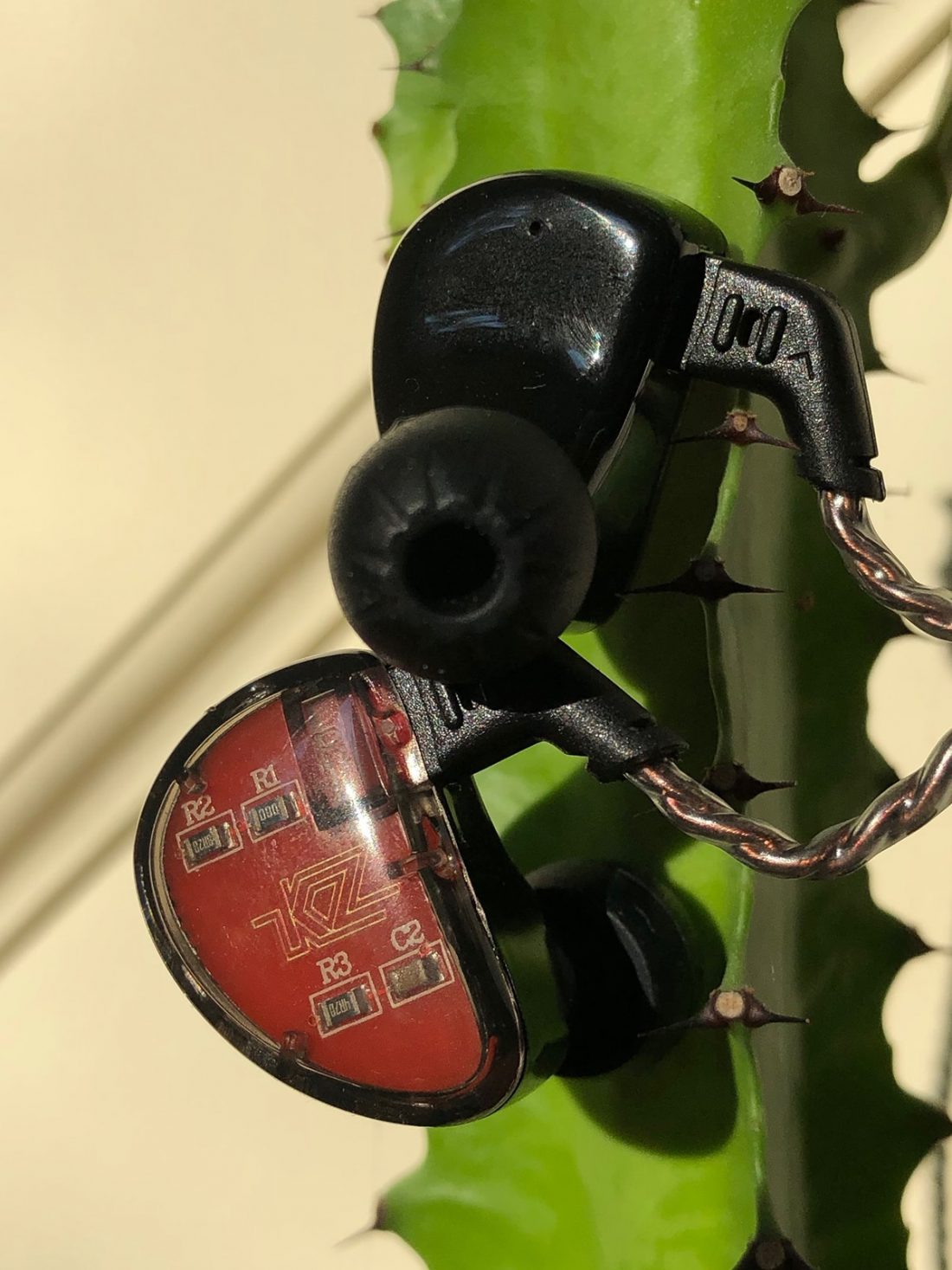
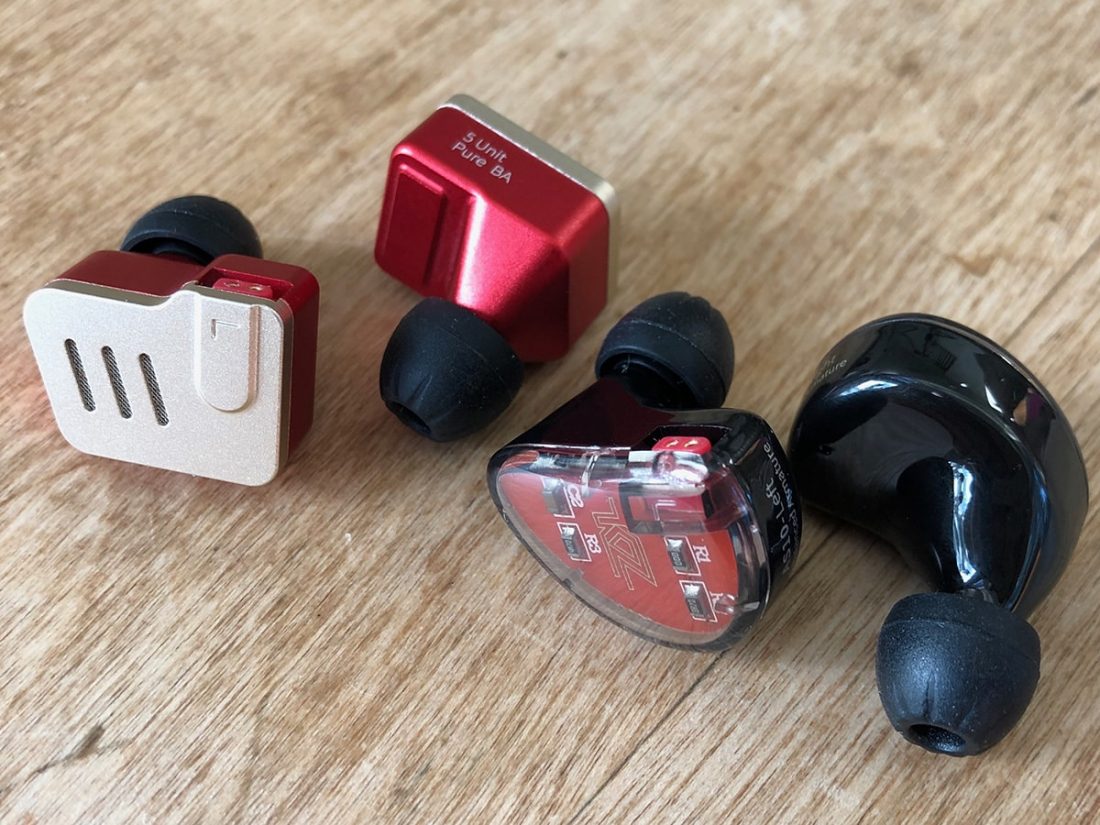
Wife and I enjoy our AS10 a lot, comfort and sound are excellent. This IEM scales really good (xDuoo X3 Hidizs AP80 Hiby R6 Pro).
I didn’t find any foam pieces in my BA10 nozzles. Maybe I have another production series. I like the AS10’s sound more for different music genres.
I was fishing around for the first time on AliExpress and bought the KZ BA10 BEFORE reading your critique hereafter purchase 3 times. {Kick me here??}.I had read before simple reviews about the AS 10 and when I compared the 2 prices stupidly did assume that the higher price must mean a better product from the same KZ company.?. Since then reading your well written post I’ve found it to be 100% correct. About the BA10 being painful in the ear, being 67 years, natch this Geezer’s shnooze and ears have continued tto grow so they don’t pain me, but the extra weight and poor fit as you mentioned make placement difficult. I won’t be running a marathon with these IEM’s.And you are right. On some songs the treble is fine but 50% sound so tinny that it’s not funny. Since this is my first time ever IEM after very good over-ear Sennheisers for many years I tried them out as a first trial. Low Chinese price in a very decent sound in the KZ. Thank You for a heavenly sent fine post!